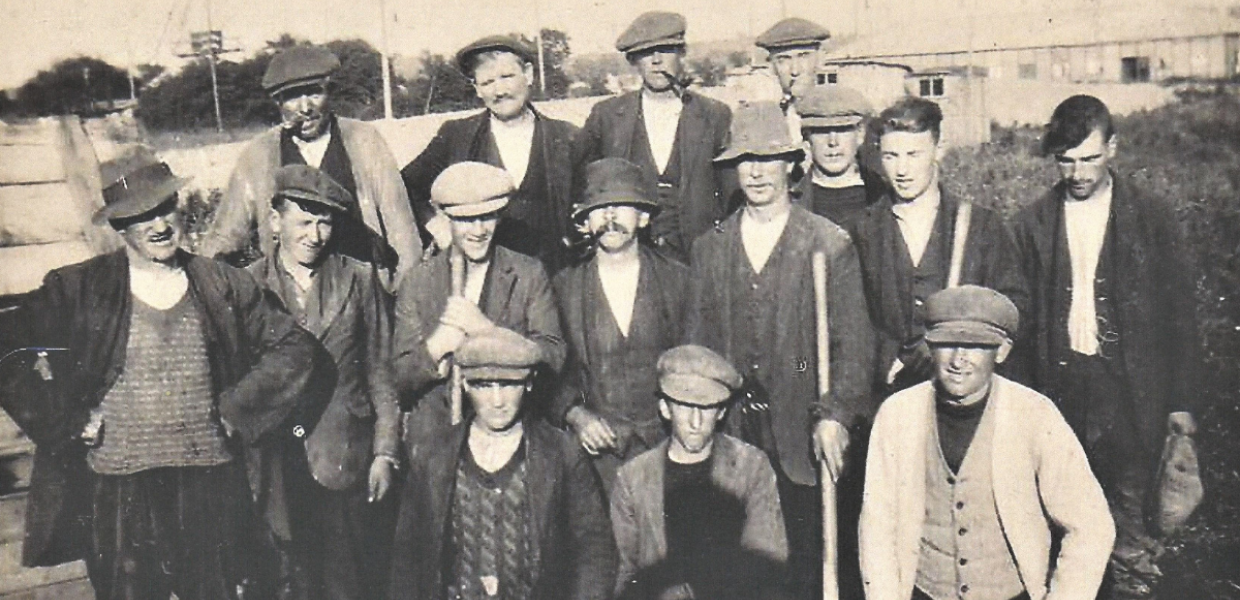Europeana works with heritage institutions and digital heritage to connect communities with their environment and their heritage, across generations. This project shows how digital heritage and cultural heritage institutions can support the development of enriching and inclusive social experiences in a community. It also demonstrates how cultural heritage institutions can work with other actors to play an important role in connecting communities to places in their localities.
Europe at Work brought stories of the personal working lives of citizens across Europe together with archive material on industrial and labour-related heritage. Because work and our places of work aren't just about what we do. It’s often who we are and where we’ve come from. It’s an integral part of our cultural heritage and our connection to our community.
Through Europe at Work, Europeana, the Hunt Museum in Limerick, Ireland, and partners including the Electricity Supply Board and its Archives, came together to engage their wider communities around the history of Ireland’s first national renewable hydro-electric scheme, the advent of which transformed Irish society forever. People were invited to share and digitise their personal memorabilia and stories of the generations of those that helped shape the scheme and contribute to the development of sustainable energy in Ireland. The collection and digitisation of these stories and items took place both onsite at the impressive Shannon Hydro-Electric plant and online, during the COVID-19 pandemic in 2020.
In one story shared at the event, Marie Dennehy talks about her family’s contribution to the Shannon Scheme. Her father Jack was a foreman, and her brother John Joe worked on the scheme too. But the family involvement didn’t stop there. Jack’s wife, Ellen, took in other workers as lodgers and also ran a shebeen (an unlicensed bar). The death of one of his team members in the construction of the plant deeply affected Jack, but more positively, he used the skills he learned building the plant for the rest of his working life. Through Marie’s story - and many others - we all now have access to heritage that shows how this feat of industrial and sustainable engineering played an important role in the lives of this family and their loved ones, their community, as well as in the history of Ireland itself.
Peggy Ryan, from the Hunt Museum, describes the importance of this connection, ‘The national significance of the Shannon Scheme since its inception has been well documented. What has been missing is the individual and interpersonal stories of the people that shaped this great project. Stories forge connections among people and convey the culture, values and history that generations can relate to and identify with, especially in relation to large-scale projects.’
This project is one way Europeana has worked with heritage institutions and digital heritage to connect communities to their environment and their heritage, across generations.

